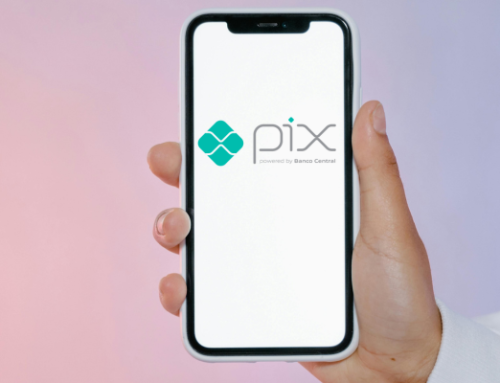To what extent digital paymentsHow do consumer experience and urban mobility interconnect and correlate in the construction of cities that are less chaotic and more friendly to their inhabitants?

The most recent study "The Future of Transportation: Mobility in the Age of the Megacity" produced by Visa, one of the world's payment giants, sought to reflect. The report was carried out with 19,000 people from 19 countries and the questions addressed focused on the consumer's experience of travelling to and from work or school, the reasons for not choosing certain modes of transport, opinions on paying for transport and different innovations that could have a positive impact on their travel experience.
On average, the study reveals that 44% say they use public transport to get to work or school, as opposed to 54% who said they prefer private means (car or motorbike, for example). The latter percentage seems to be linked to the time respondents waste travelling by public transport, since according to their perception, the time they spend travelling has increased over the last five years.
This "loss of time" between journeys ends up having a detrimental effect on people's well-being. The majority of participants in the study reported experiencing an increase in their anxiety levels and less satisfaction with life.
Along with journey time, overcrowding (especially in metros and buses), the cost of the journey, cleanliness, convenience, customer service and delays were other topics most mentioned by respondents as constraints on a good experience of using public transport.
According to the report, the quest for simplicity comes up against a particularly sensitive issue: payment methods. The need to buy different tickets for different types of journey (44% of respondents), lack of knowledge about the price (42%) and the fact that some services can only be paid for with cash (41%) are decisive obstacles.
Digital payments: the solution to improve urban mobility
Solving these problems becomes even more urgent when we realise that the urban population is growing at a rapid pace and cities are congested with private cars that not only cause serious mobility problems, but also contribute decisively to the exponential increase in greenhouse gas emissions that are harmful to public health. Who doesn't remember the images of a Shanghai dominated by a thick toxic fog?
In cities with better and more organised transport systems like London and New York, only 131,000,000 people use their own car, compared to 431,000,000 in cities without a well-structured intermodal transport system (train, metro and bus). This structural organisation, which covers areas as diverse as more infrastructure or longer opening hours for public transport, also includes, as the majority of those surveyed (411,000,000) say, and particularly those belonging to the younger generations. digital paymentswith a particular focus on contactless and mobile applications (apps).
Fifty per cent of people who said they were open to innovation said they would be more likely to use public transport if they had access to an app that allowed them to plan and pay for their journeys on intermodal transport. This is exactly what digital payment solutions using contactless technology provide.
With digital becoming increasingly important in everyday life and the development of digital means of paymentIn many parts of the world, it is already possible to buy transport tickets and use them on a daily basis without more than a mobile phone and a smartphone. Physical TPA with contactless technologyThis is provided by the transport operator.
More secure (they are virtually theft-proof, unlike physical cash), faster and much more convenient, the potential of contactless payments is immense and its exponential growth is the ultimate expression of what we've just said. Recently, in Stockholm, notes and coins were abolished on buses and, in London, the introduction of this technology into its transport system has led to a cost reduction of 35% (approximately 100 million euros) for the operator, in addition, of course, to gains in time and convenience for users of the world's oldest underground railway.
Thinking about urban mobility from a point of view that favours user convenience and investing in technologically innovative means of payment is not the exclusive property of "other countries".
In Portugal, 2020 began with the announcement of a partnership between Unicre, Transportes Intermodais do Porto (TIP) and Visa to launch a pilot project that will allow users to pay for their journey on any means of public transport in Porto using just one mobile phone. contactless card. Despite being limited, in this first phase, to the city of Invicta, this pioneering solution in Portugal aims to be extended, in the short term, to the country's main cities.
The interaction between digital and contactless recently saw a new chapter with the launch of REDUNIQ Smart TPA solution. This new terminal offers customers the possibility of accepting contactlesss payments and also develop and incorporate a series of management, billing and marketing applications (apps), providing the consumer with a more complete shopping experience.
Among other things, the user can, for example, consult the catalogue on the terminal, select the product they want, make the payment by card or smartphone, print or scan a ticket by QR Code. All this from a single Contactless TPA.
O REDUNIQ Smart is prepared to accept contactless payments (card, smartphone or wearables), chip, MB Way or Apple Pay and allows retailers to manage their back office, purchasing and supplier systems online and in real time, among other things.


